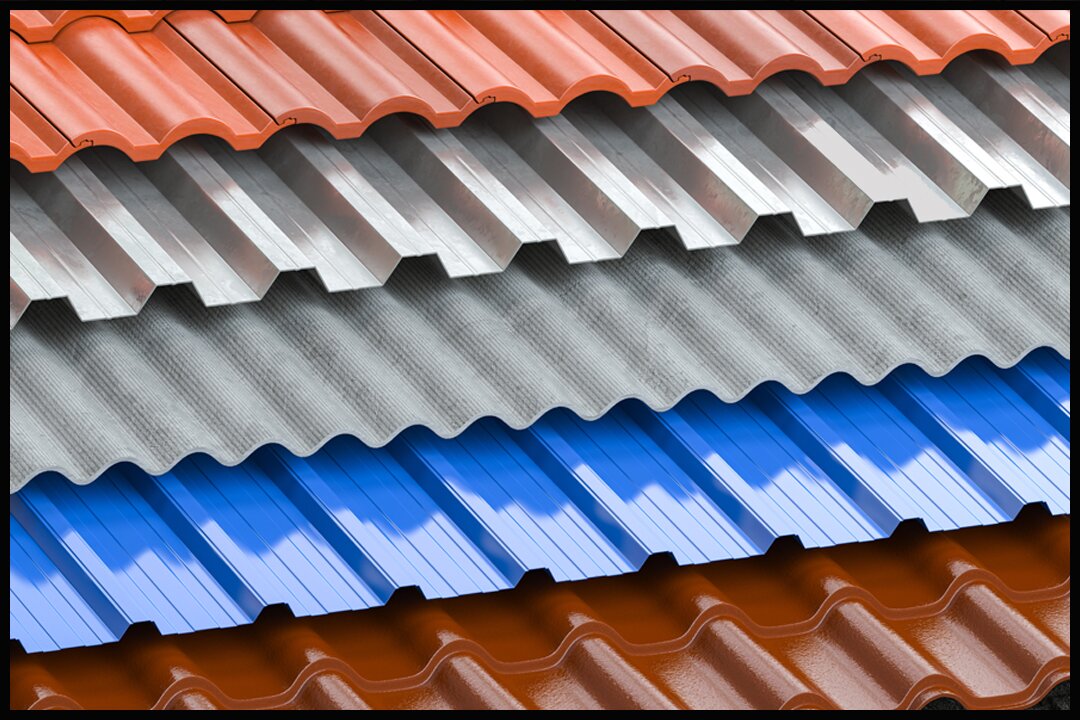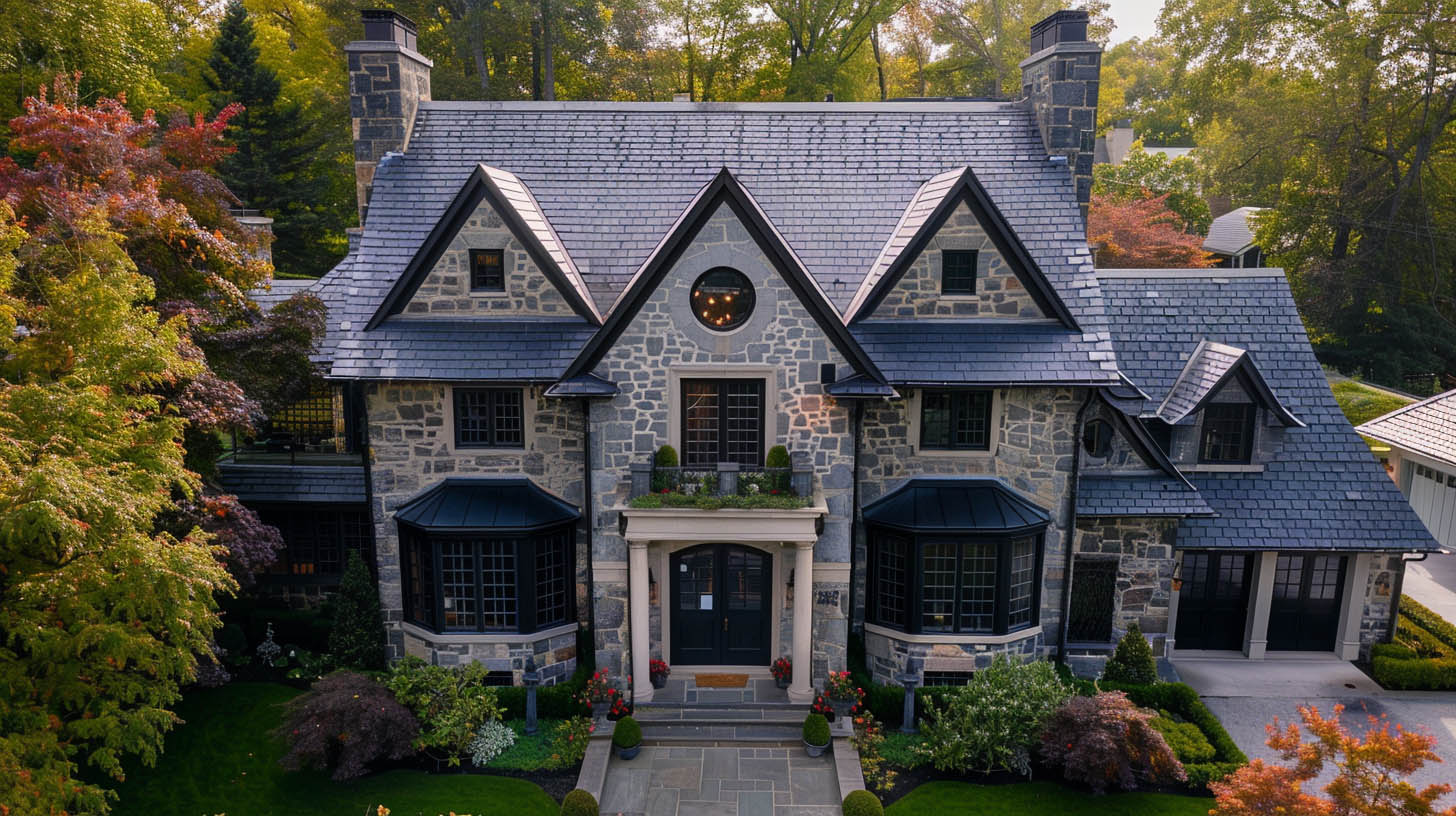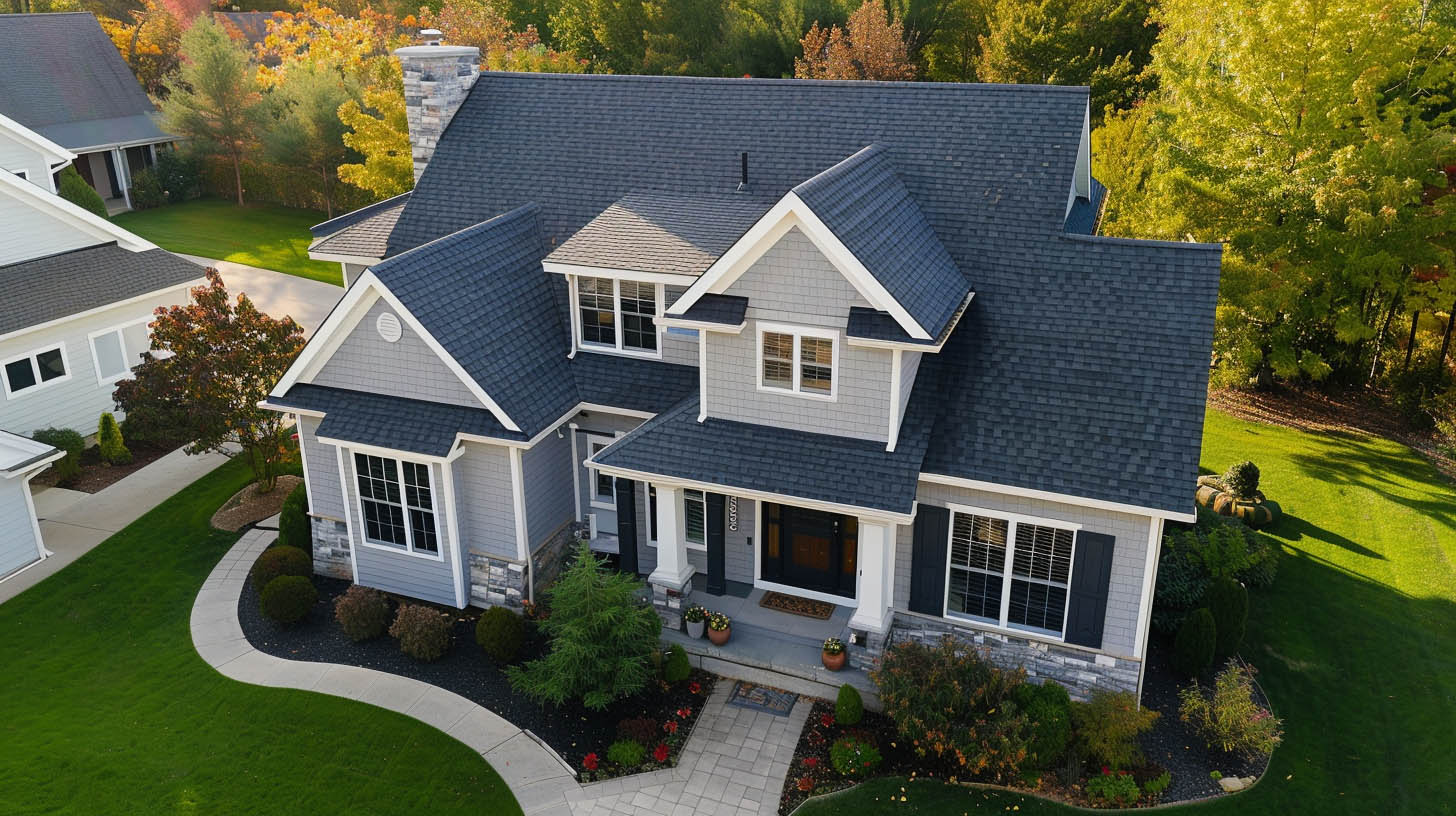
When you’re opting for a brand-new new roof, the type of roof consumers choose is a key element in making the best decision cost-wise and material-wise.
Usually, residence owners boil it down to:
- Asphalt Shingle Roofing
- Metal Roofing
Before deciding to go with a metal roof, there are common problems with Metal Roofing that consumers need to know.
The Most Common Problems
with Metal Roofing That May Affect Your Final
Decision
# 1 – Oil Canning
According to the Metal Construction News, oil canning happens when a metal roof has waviness in the flat areas of the sheet metal panels. This is typical of light-gauge, cold-formed metal materials such as copper, zinc, aluminum, and steel.
Think of it this way – The standing seam of the metal system gets overstressed and can no longer keep a flat shape. Buying a thicker metal helps.
Oil canning happens for several reasons:
- Extreme coiling of the metal. Stress from coil cutting.
- Stress from roll forming panels.
- Not enough space designated for expansion and contraction of the panels.
- Improper installation.
- Structure changes that cause friction by moving panels.
#2 – Leaking
Metal roof leaks are no exception to leakage. Whether it be from human error or the error of the material, leaks are common with metal roofs. Period.
There are common triggers that cause metal roofs to leak:
- Winter Weather (such as melting snow or ice)
- Strong Winds
- Damage from the Home Itself
- Heavy rains and downpours
All that said, installer mistakes are the common reason that prompt leaks coming from a metal roof.
Ask your installer what they are doing to avoid the Five Most Common Troubles with Metal Roofing when it comes to leaking:
Are the fasteners you are using just right? If screws are too loose, tight or not centered correctly, they will allow water to seep through.
Will the seams be correctly sealed? If not, leaks will occur.
Will you be using butyl tape? Most metal roofing professionals will use butyl tape, but ensure they are following standard protocol, When applied correctly, the tape will seal out dirt and water to prevent leaks of any kind.
Details are Key. If you are not asking details, it may be to the detriment of your roofing structure and the inside of your home. Make sure your installer is following the recommended manufacturing guidelines.
Scratching and Scuffing. Anything metal will easily incur scratches. You will want to ensure your installer is:
- Not rubbing the metal panels together when installing, otherwise the coating will be stripped.
- Using edge guards.
- Utilizing lifting devices.
#3 – Rust & Decay
One of the main reasons people stay away from metal roffing is due to the inevitable corrosion. Although metal roofing is made to resist rust, it come sometimes backfire from:
- Underneath the metal due to it being improperly coated.
- Areas where saltwater is common.
- When metals that are not alike are used.
- When cut edges are not properly concealed or sealed.
#4 – Unrelated Metals & Materials
When using two different kinds of metals on a roof, early staining and failure will occur. For example, it’s best not to contact the metal with:
- Treated Lumber
- Concrete
- Bricks
- Copper
#5 – Other Mistakes During Installation
Missing material is a common occurrence when supplies of any kind are received during the shipping process. So another great question to ask your installer is, “Were you missing anything when the metal roof was delivered?”
Unfortunately, installers may not install your metal roof correctly due to not wanting to spend the time to wait for the replacement parts. Sad, but true.
Typical Missing Parts of a Metal Roof
- Screws
- Flashing
- Other Accessories
Typical Missing Parts of a Metal Roof Screws Flashing Other Accessories To avoid Five Most Common Troubles with Metal Roofing is to stay away from it. Asphalt Shingles are the way to go.
Call us now at 412-218-7082 for a free consultation.


